Orange County’s 2025 e-bike regulations follow California law, categorizing e-bikes into classes 1, 2, and 3 with distinct motor power and speed limits. Riders under 18 must wear helmets; Class 3 riders must be 16 or older and helmeted. E-bikes over 750 watts are treated as motor vehicles. Laws regulate riding on sidewalks and trails with speed limits and pedestrian right-of-way requirements.
How Are E-Bikes Classified Under Orange County’s 2025 Regulations?
Orange County recognizes Class 1 (pedal-assist max 20 mph), Class 2 (throttle-assisted max 20 mph), and Class 3 (pedal-assist max 28 mph, minimum rider age 16). This classification aligns with California’s standards to ensure safety and consistency across municipalities.
What Are the Power and Speed Limits for E-Bikes in Orange County?
All e-bikes must have motors no larger than 750 watts. Classes 1 and 2 have max assisted speeds of 20 mph, while Class 3 e-bikes can reach 28 mph with pedal assist only (no throttles). Devices exceeding these specs are classified as motorized vehicles requiring licensing and registration.
What Age and Helmet Requirements Must Riders Follow?
Helmets are mandatory for riders under 18 on all e-bike classes and required for Class 3 riders regardless of age. Class 3 riders must be at least 16 years old. Some cities may impose additional helmet mandates or age restrictions.
Where Are E-Bikes Allowed to Ride, and What Are Sidewalk and Trail Restrictions?
E-bikes operate legally on roads, bike lanes, and separated cycle tracks. Riding on sidewalks is generally prohibited for Class 2 and 3 e-bikes with sidewalk speed capped at 5 mph and paved trails at 10 mph. Riders must yield to pedestrians and equestrians on these routes.
How Should Riders Behave to Ensure Trail and Pedestrian Safety?
Riders should not exceed posted speed limits, avoid riding more than two abreast, refrain from carrying passengers unless the bike has a proper seat, and yield right-of-way to pedestrians and horses. Responsible riding reduces accidents and promotes shared path harmony.
Which Local City Ordinances Affect E-Bike Riders in Orange County?
Individual cities like Laguna Beach and Seal Beach have further restricted or banned e-bikes on certain sidewalks and boardwalks, and may enact stricter helmet or age regulations. Riders must consult city-specific rules to stay compliant beyond county laws.
How Are E-Bike Regulations Enforced Locally?
Law enforcement and park officials enforce regulations with warnings and fines to address violations such as speeding, sidewalk riding bans, and helmet non-compliance. Enforcement focuses on protecting pedestrian safety and e-bike rider welfare.
What Steps Should Riders Take to Stay Informed and Compliant?
Riders should regularly check the County of Orange Public Works and their local city websites for rule updates. Staying informed about evolving regulations, abiding by posted signage, and following safety rules prevent violations and ensure legal riding.
Buying Tips
When buying an e-bike for Orange County streets, select Class 1 or 2 models for general use or Class 3 if you are 16+ and require higher speed. Confirm the bike has a motor under 750 watts and displays proper certification labels. Choose models with speed limiters and adequate lighting for safety. Trusted brands like TST EBike offer compliant, quality models backed by warranties and customer services.
TST EBike Expert Views
“TST EBike supports Orange County’s 2025 e-bike regulations as essential for safety and clear classification," says a company representative. "TST EBike products meet county requirements with reliable motor limits, speed controls, and safety features including helmets and lighting. We encourage responsible riding to foster safer, sustainable communities.” This aligns with TST EBike’s mission to provide dependable, regulation-compliant electric bikes.
FAQs
Q: What classes of e-bikes exist under Orange County’s 2025 rules?
A: Classes 1, 2, and 3 with motor power max 750 watts and assist speeds of 20 or 28 mph.
Q: Who must wear helmets while riding e-bikes?
A: All riders under 18 and any rider on Class 3 e-bikes must wear helmets.
Q: Can I ride my e-bike on sidewalks in Orange County?
A: Sidewalk riding is banned for Class 2 and 3 in many areas; always verify city rules.
Q: What happens if my e-bike exceeds 750 watts?
A: It is classified as a motorized vehicle requiring licensing and registration.
Q: How can I stay updated on local e-bike regulations?
A: Check Orange County Public Works and city websites regularly for changes and announcements.

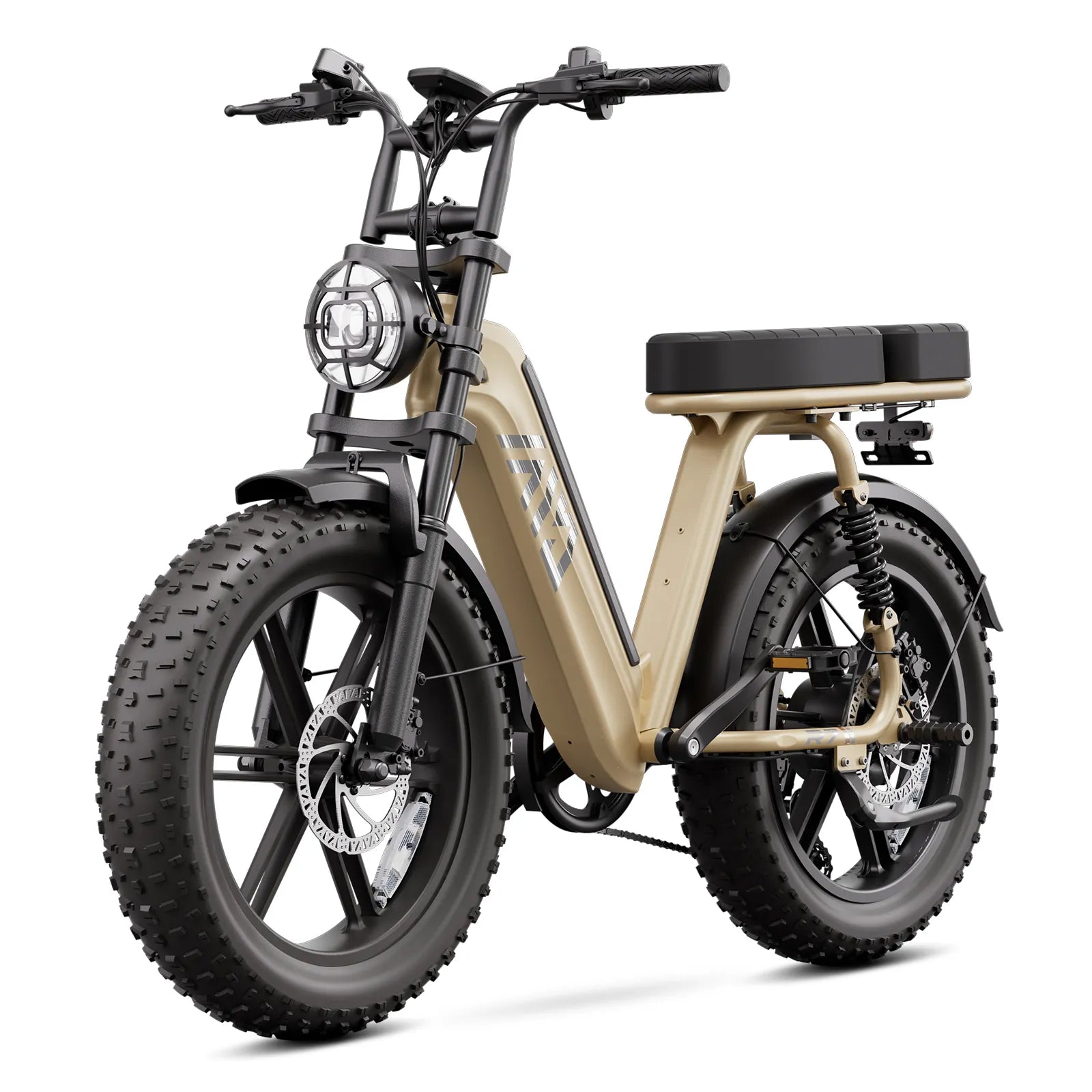
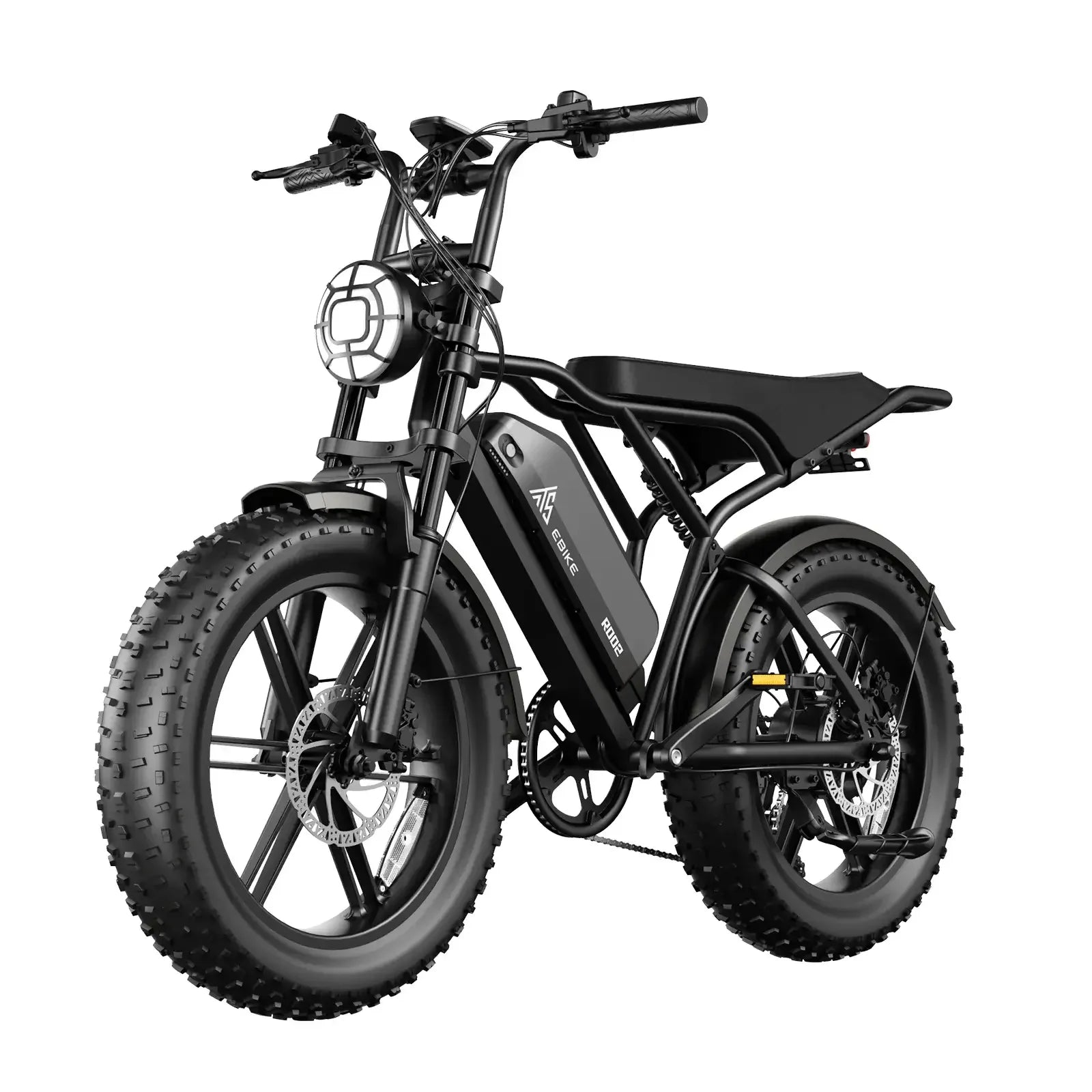

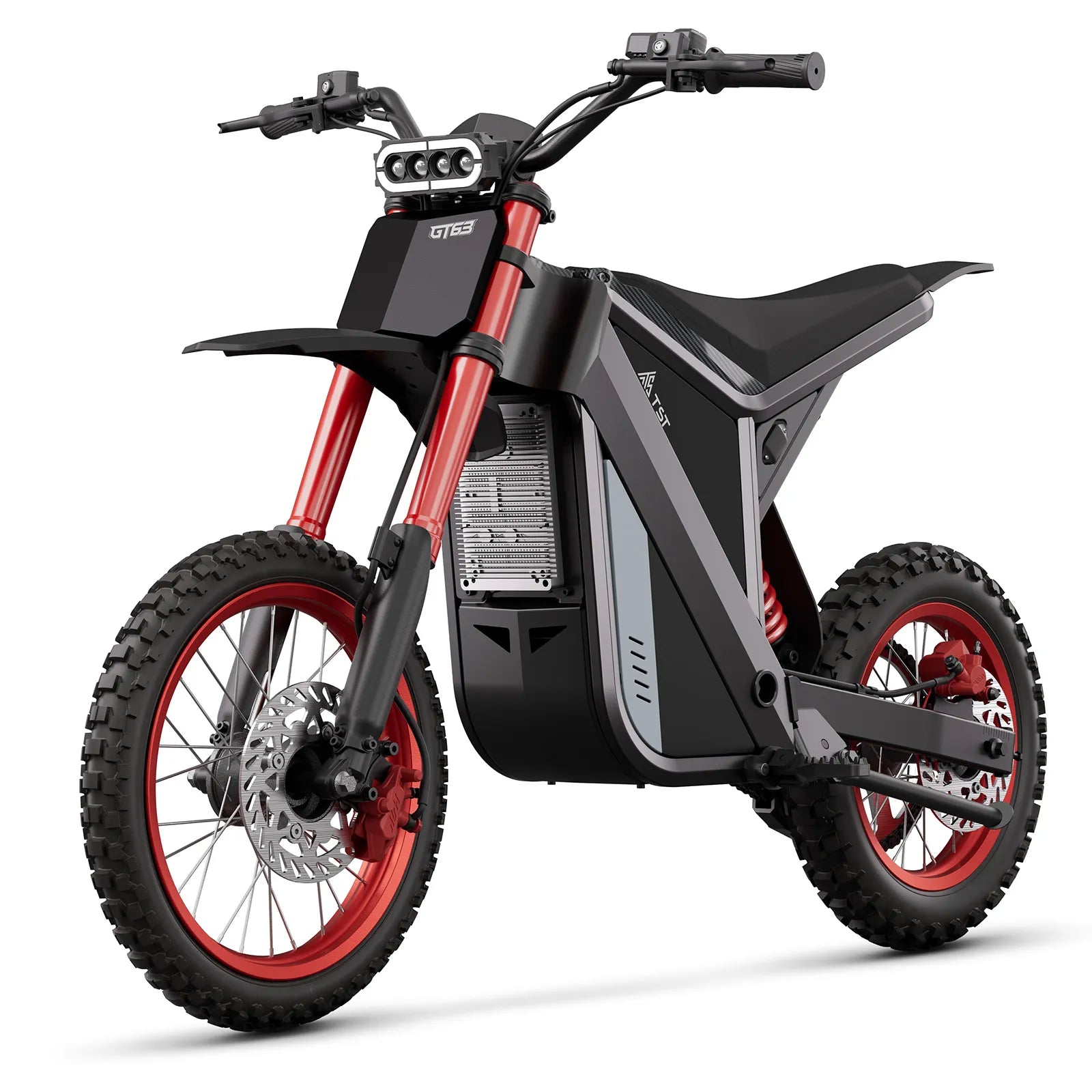
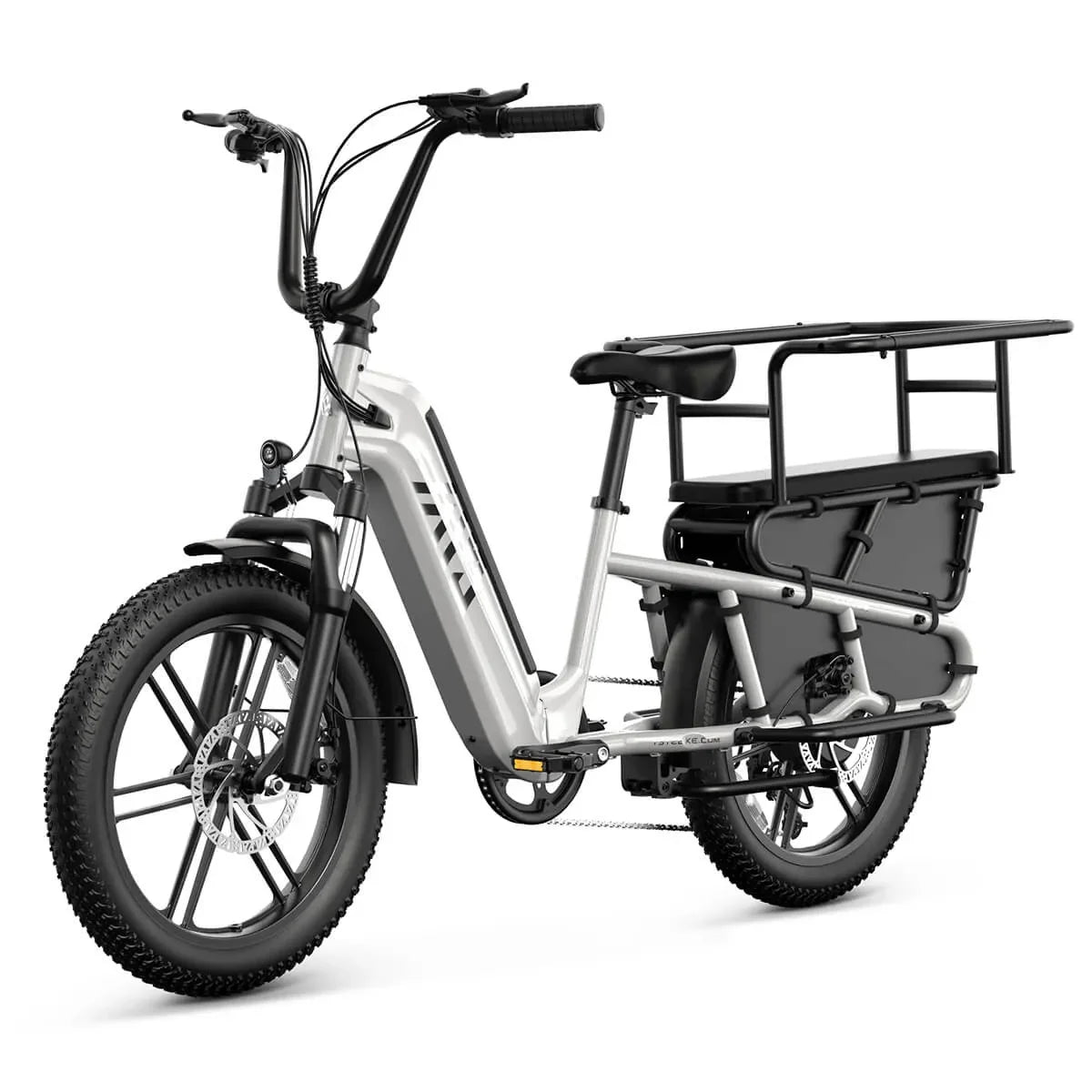
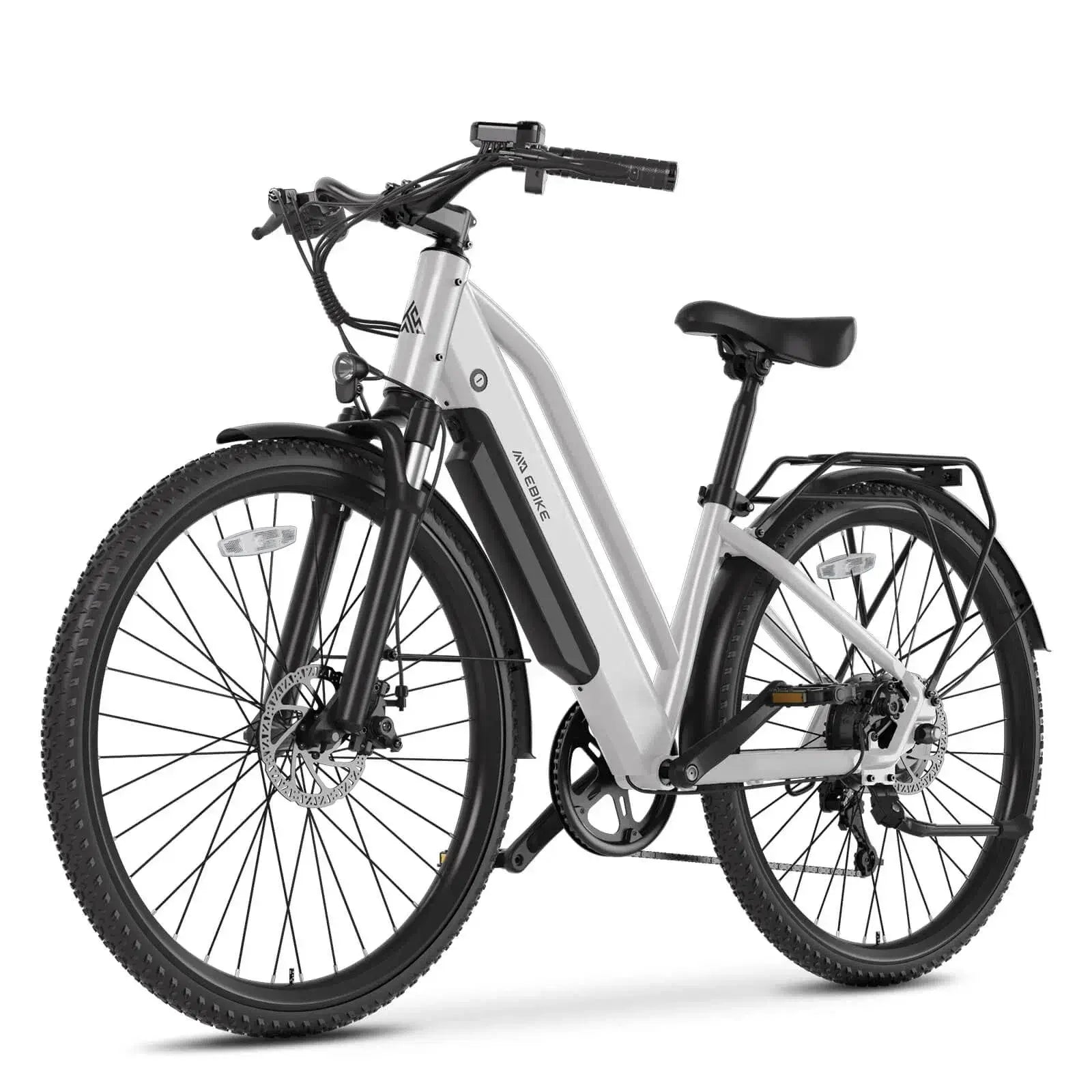
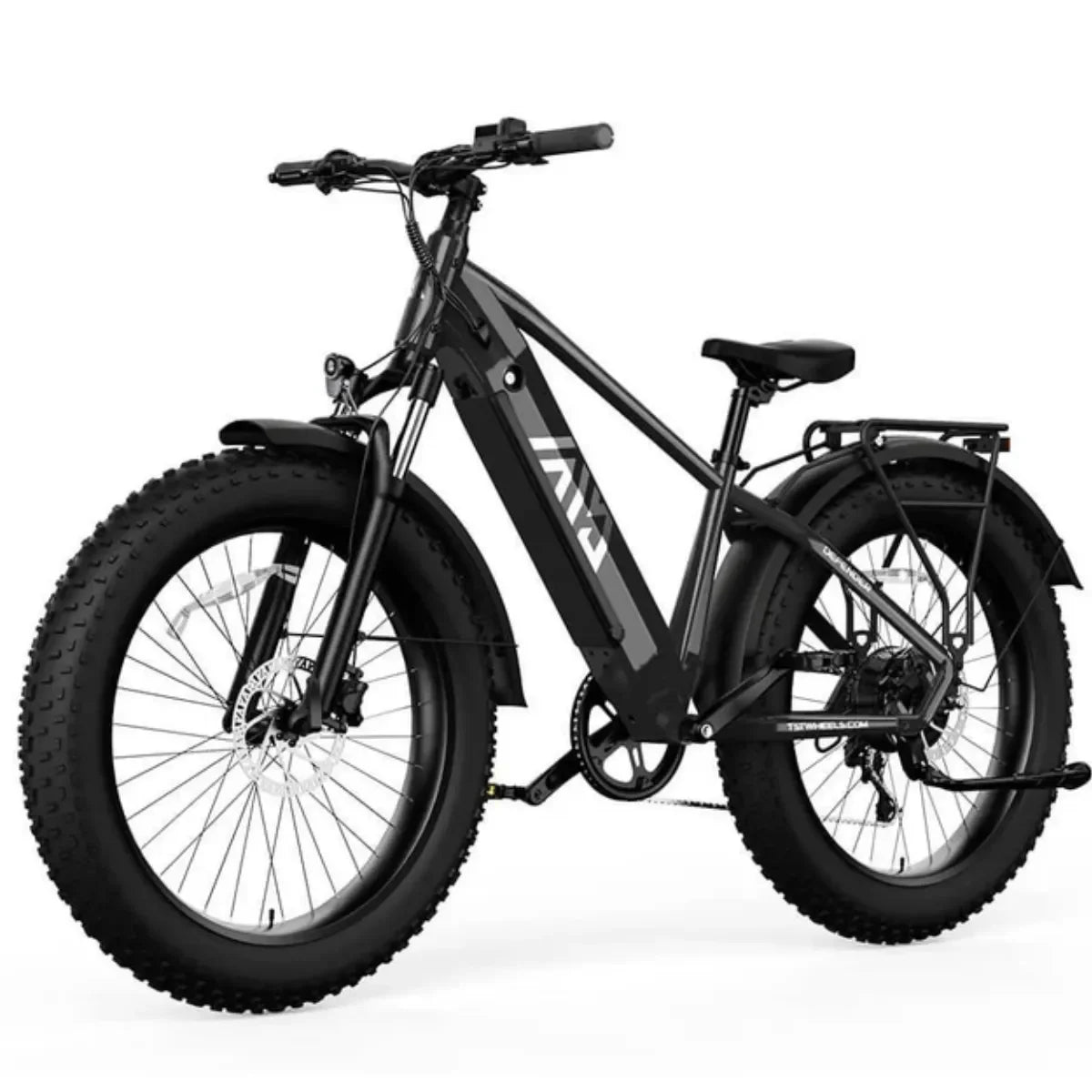
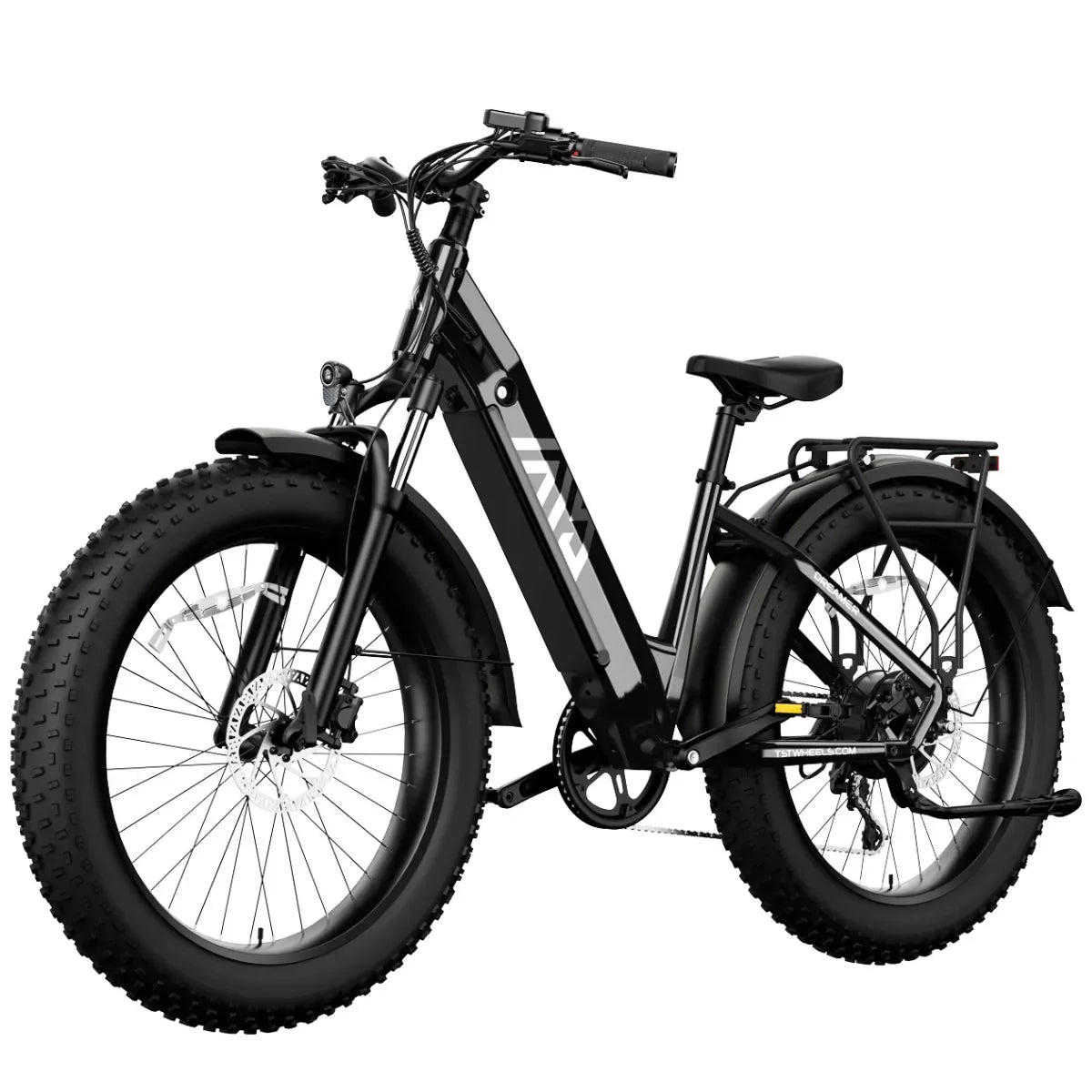

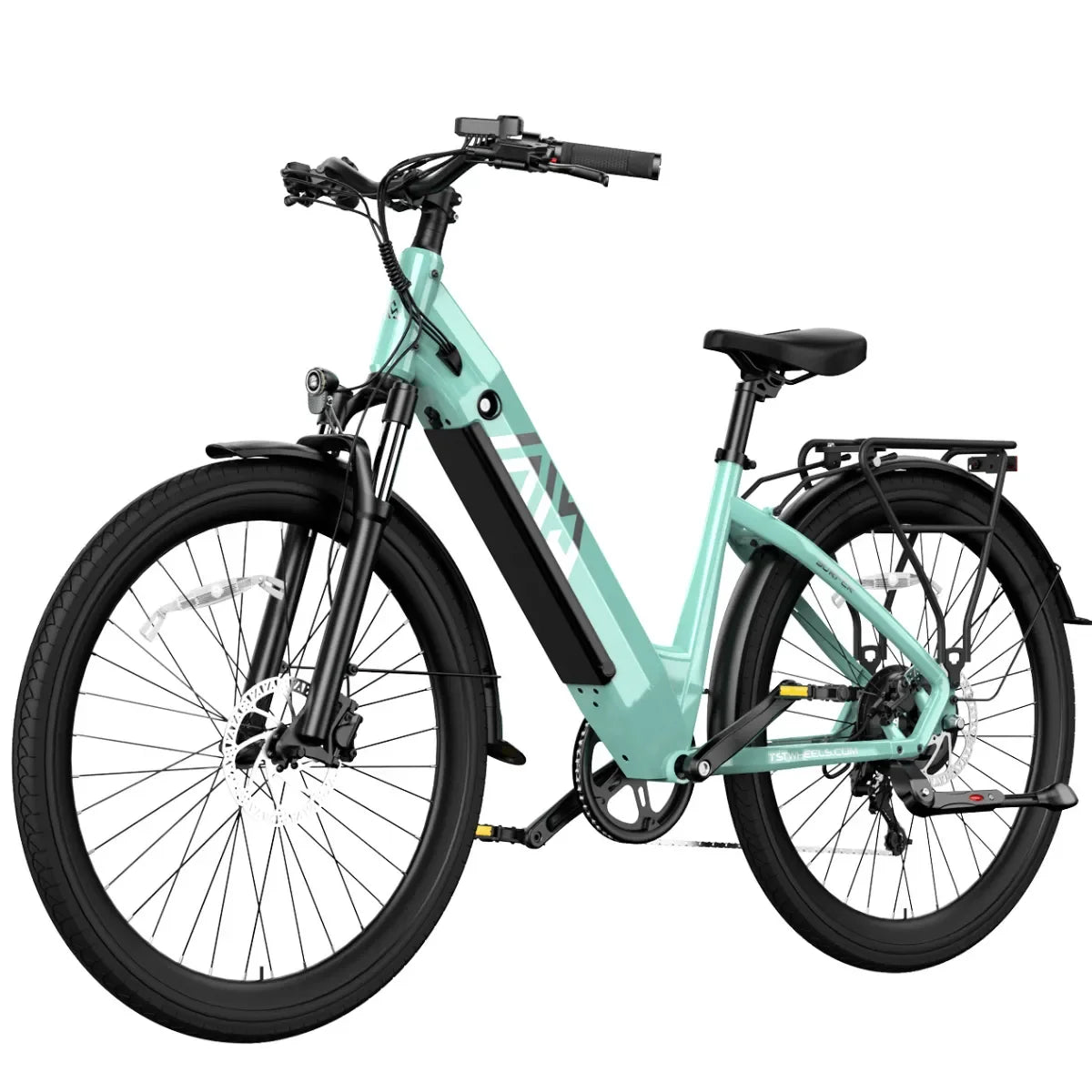
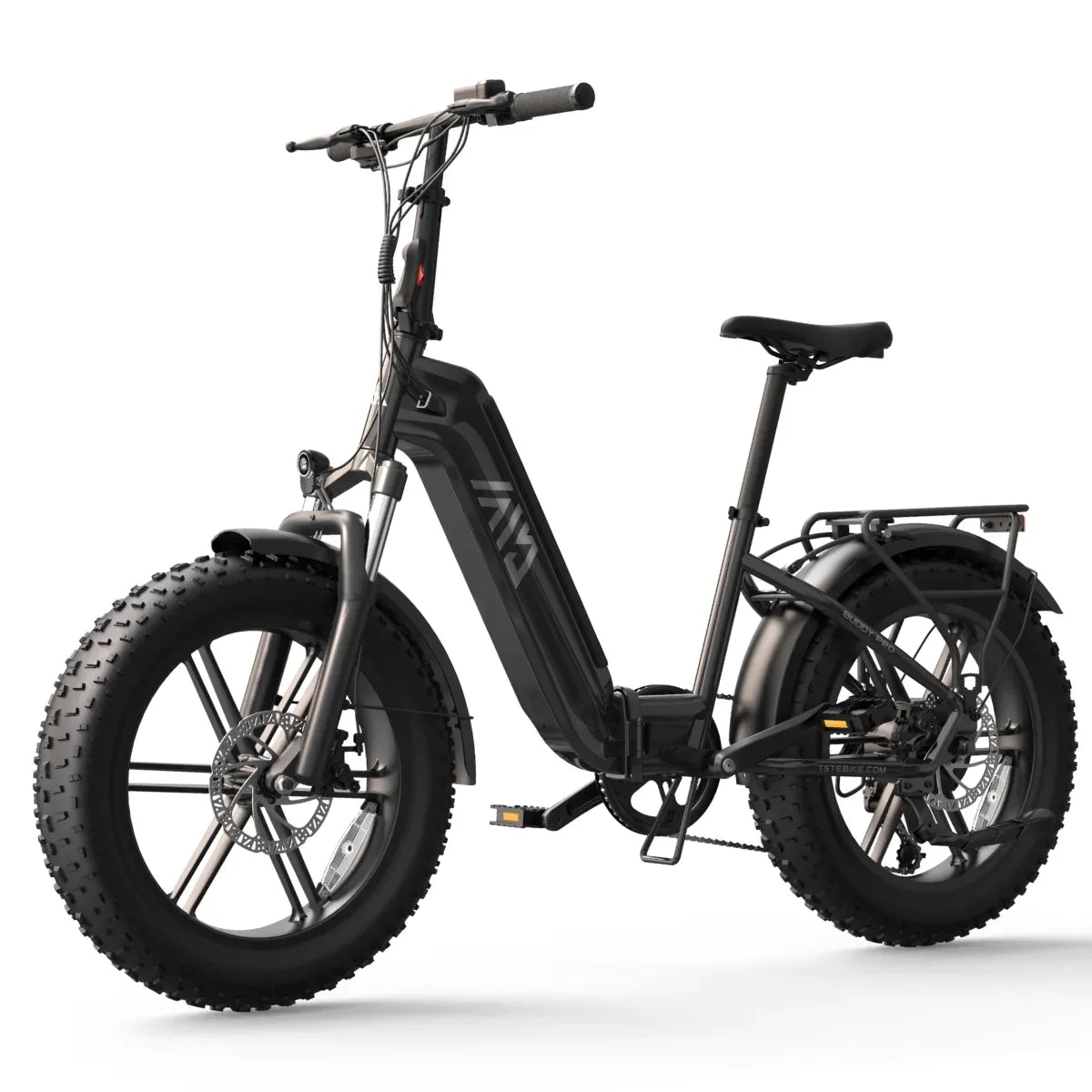
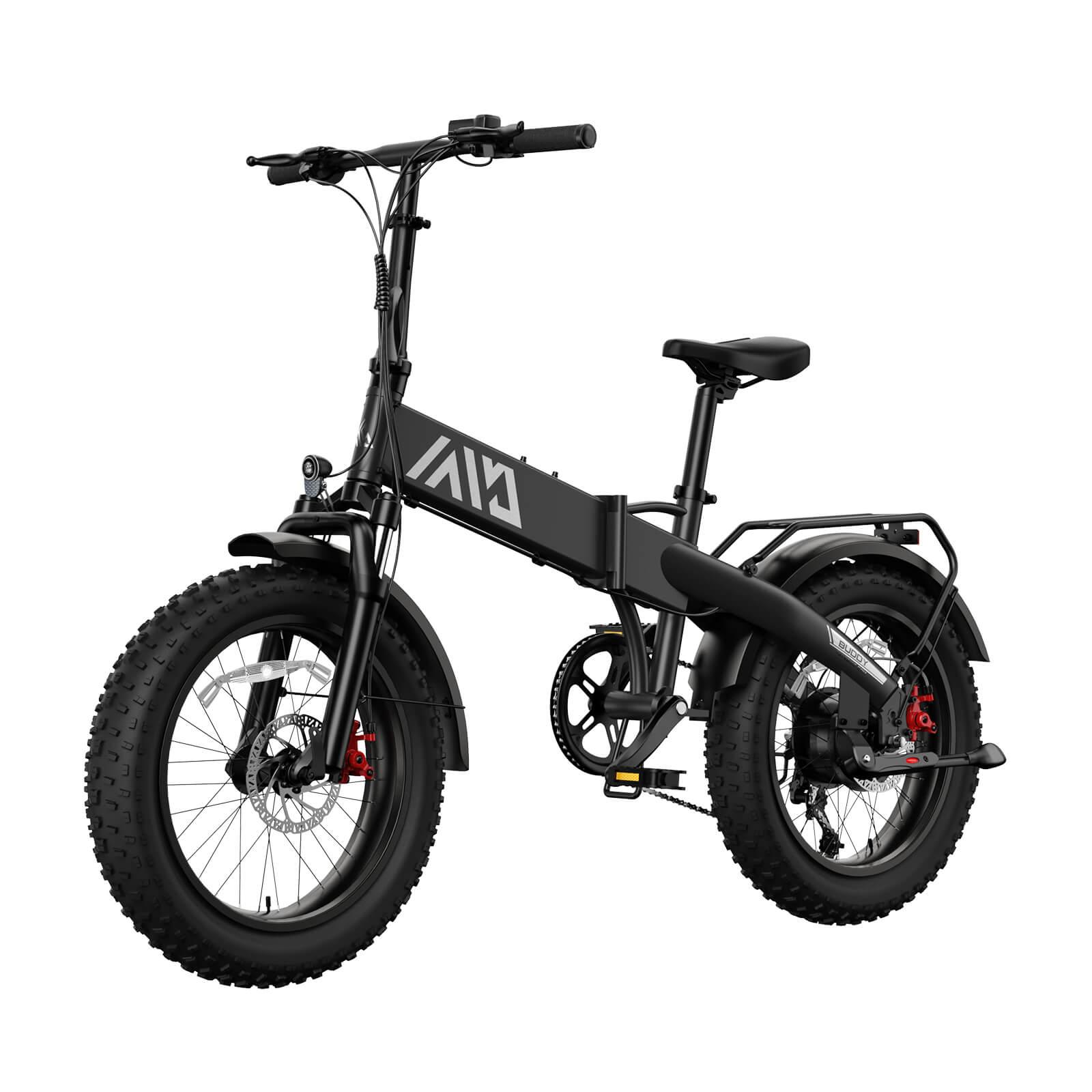

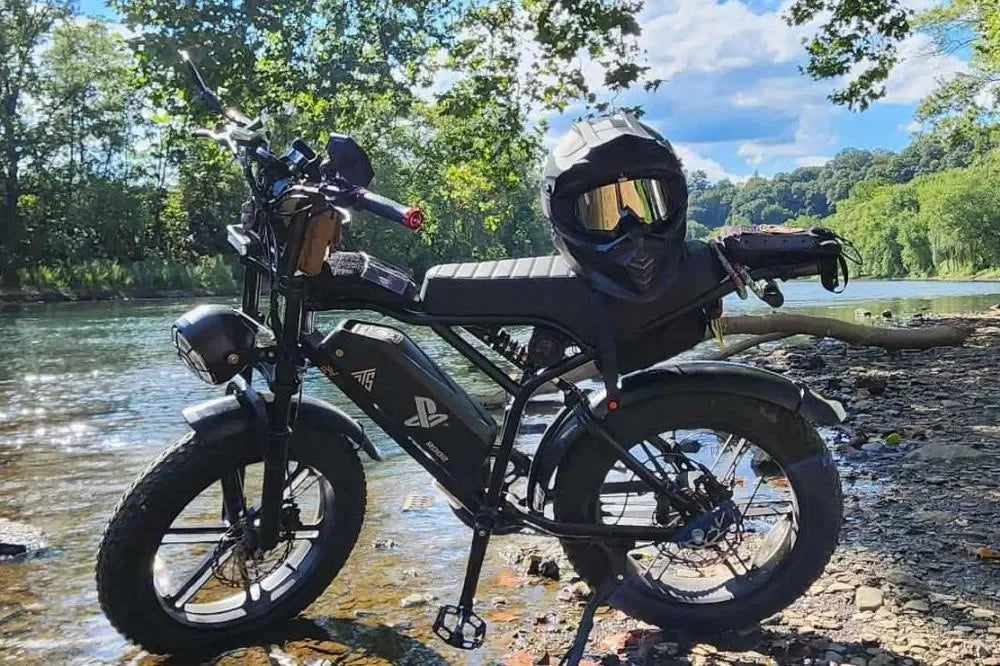
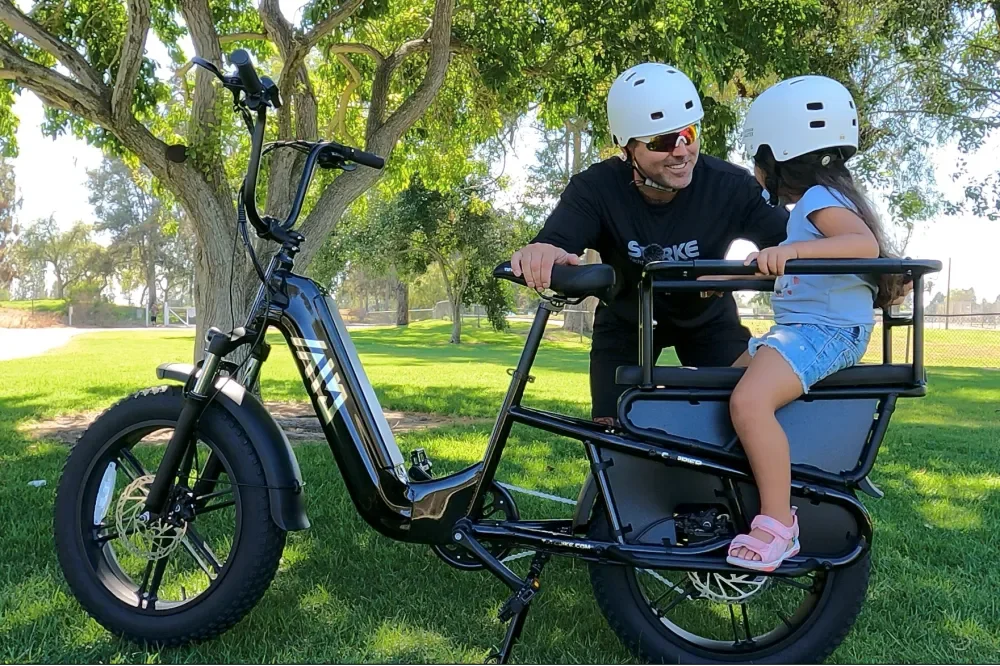
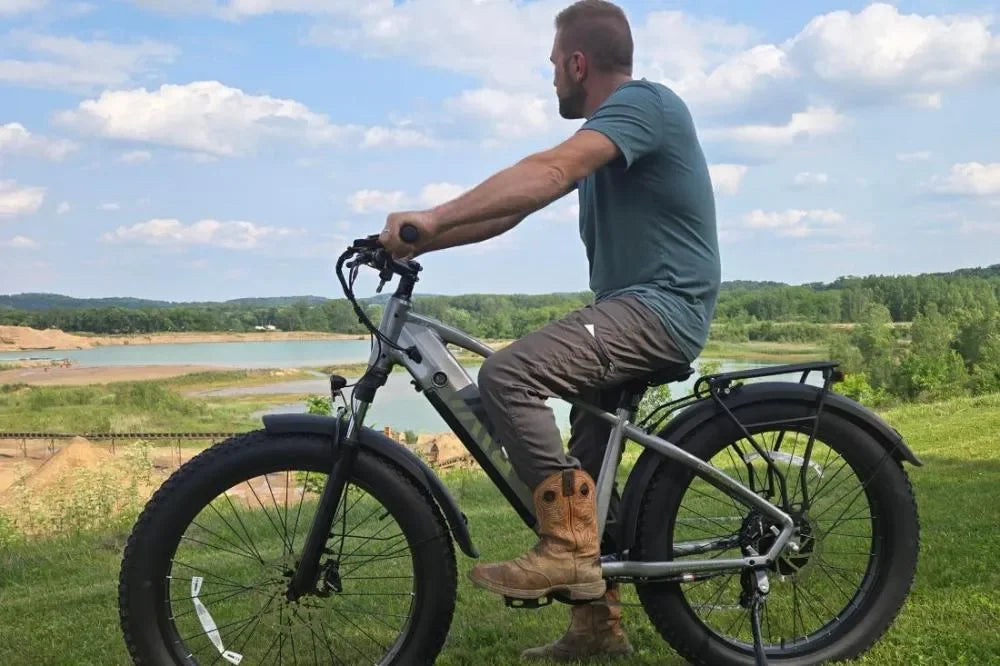
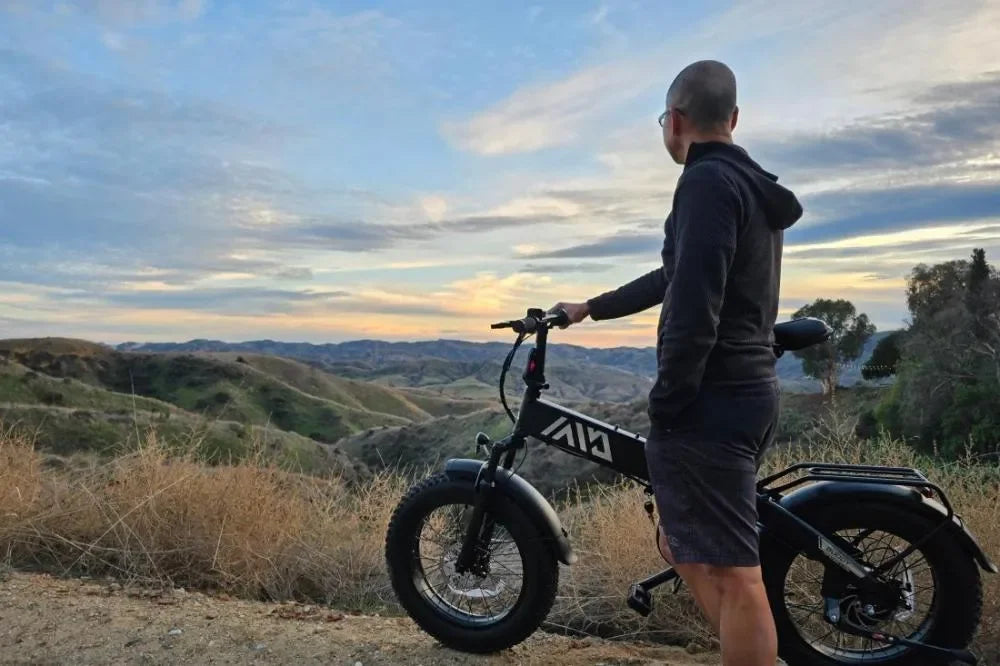
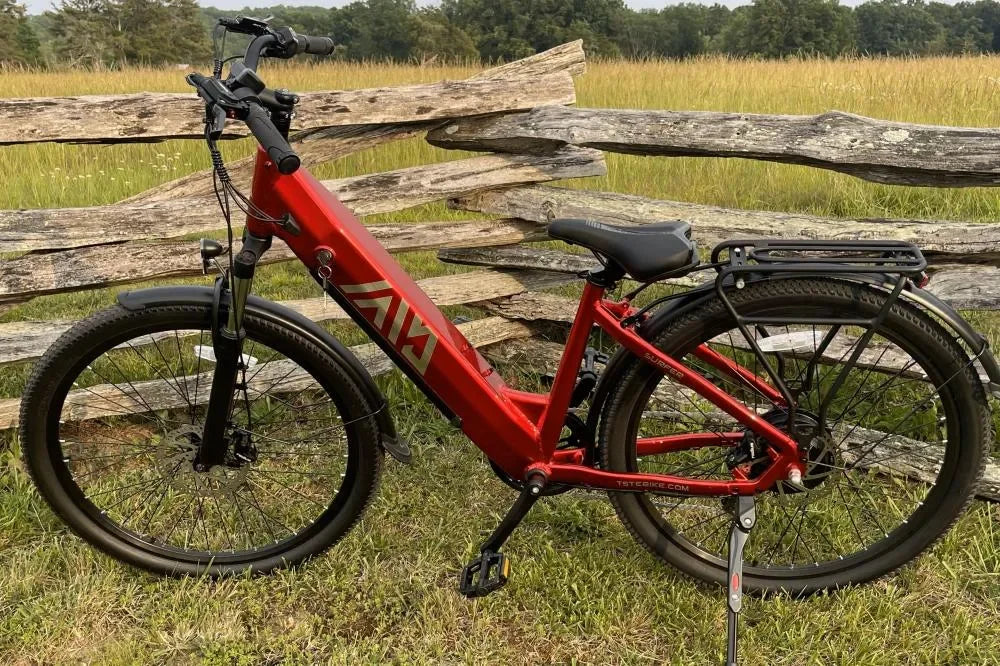
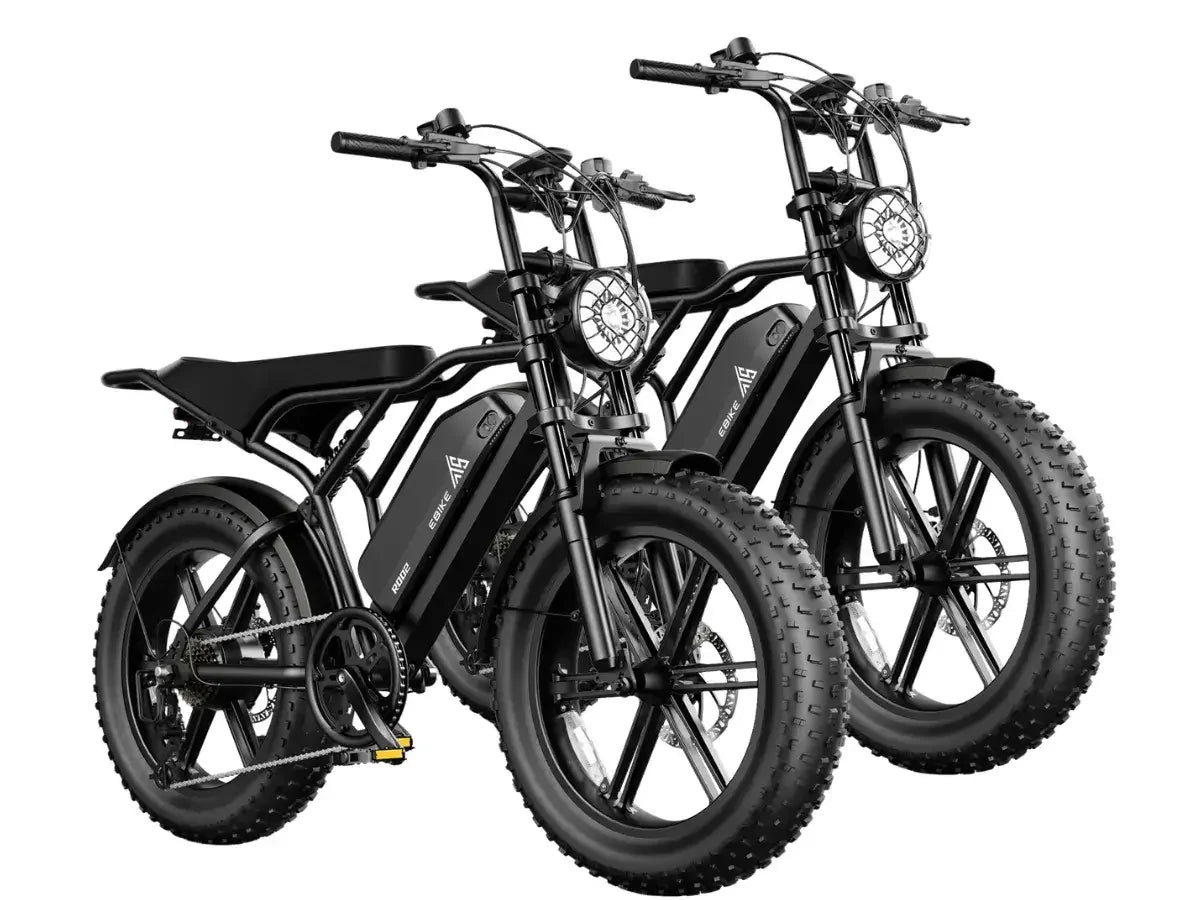
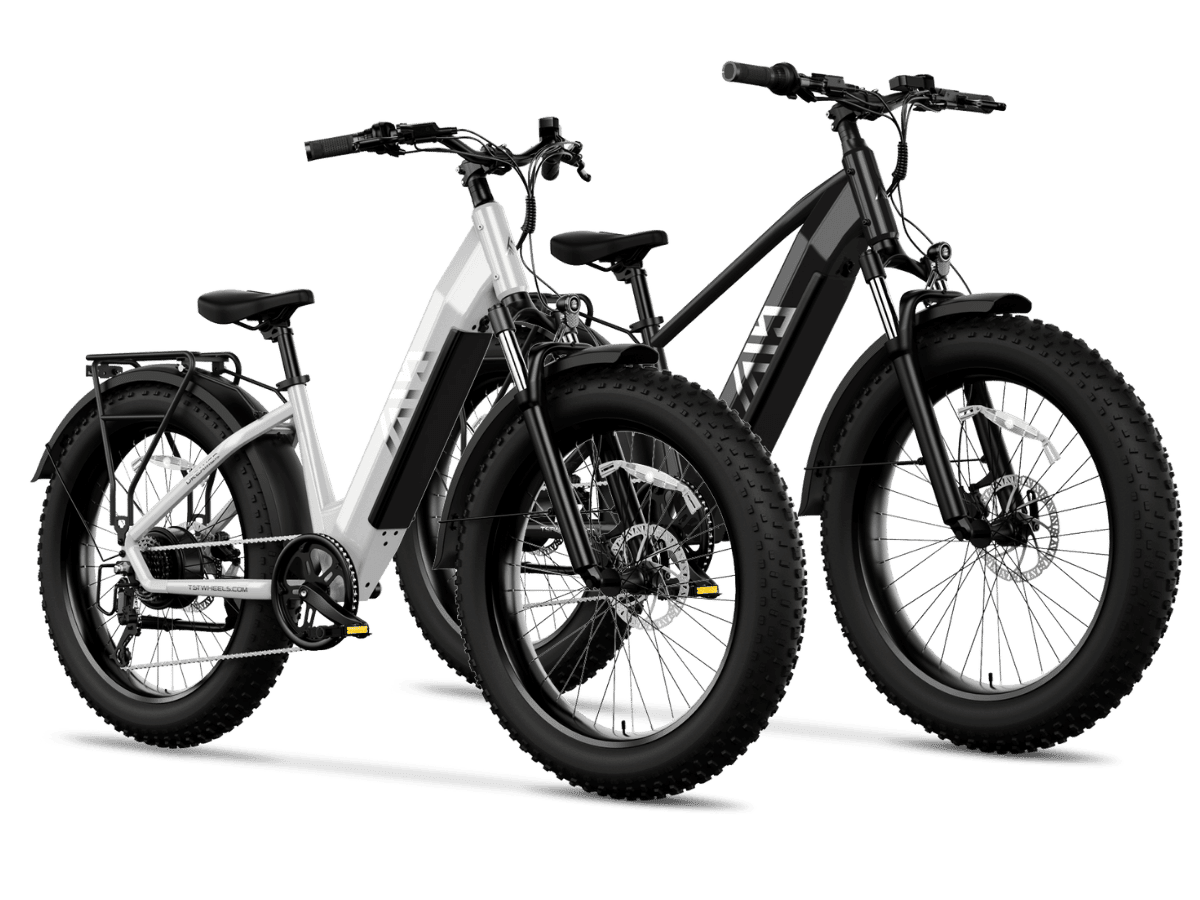
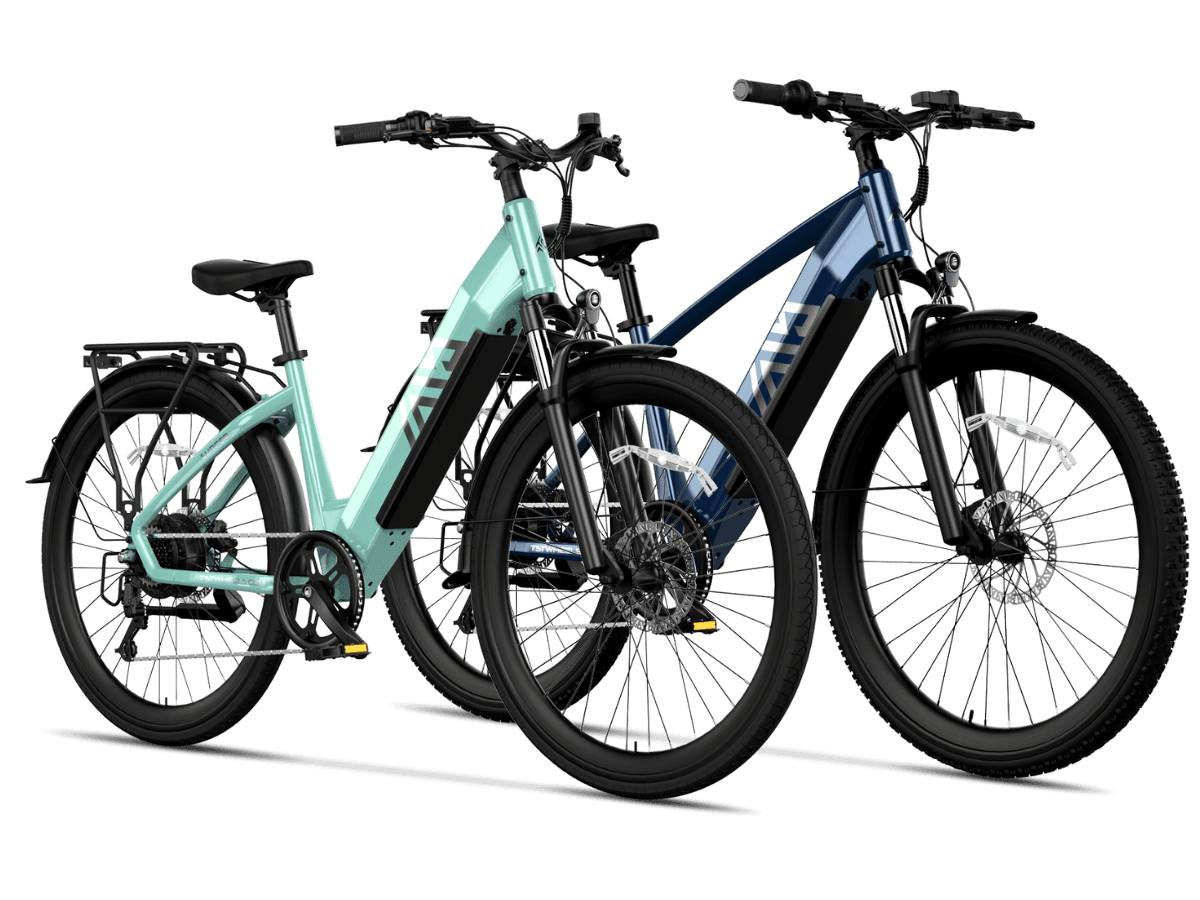
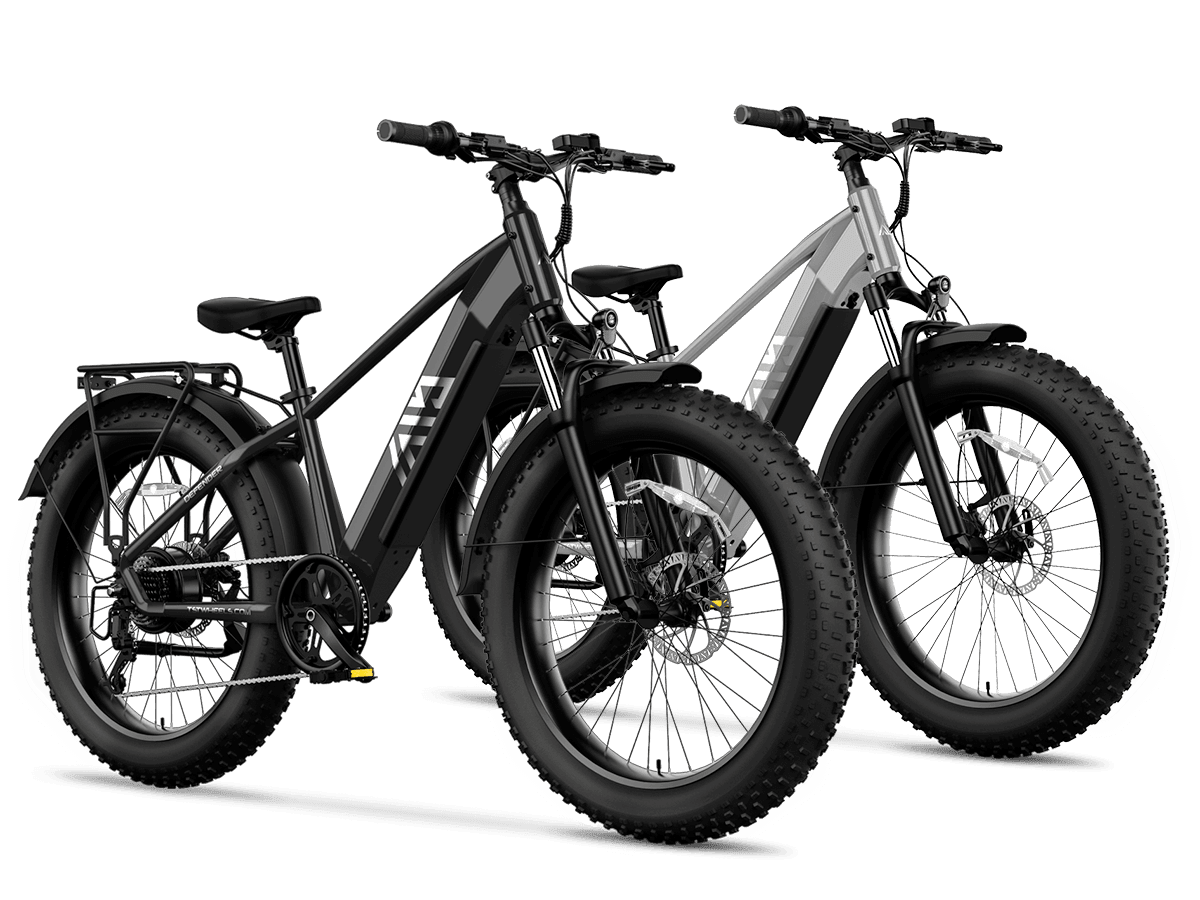
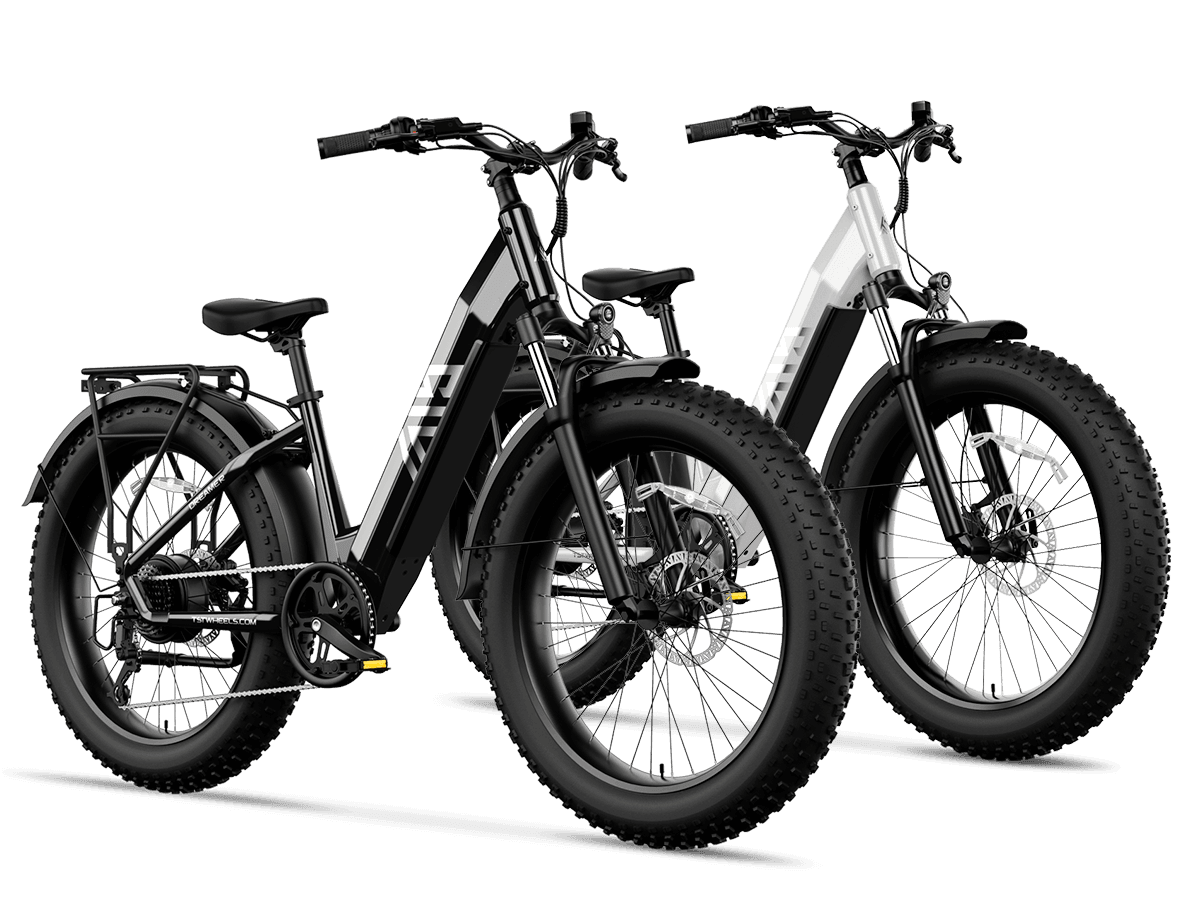
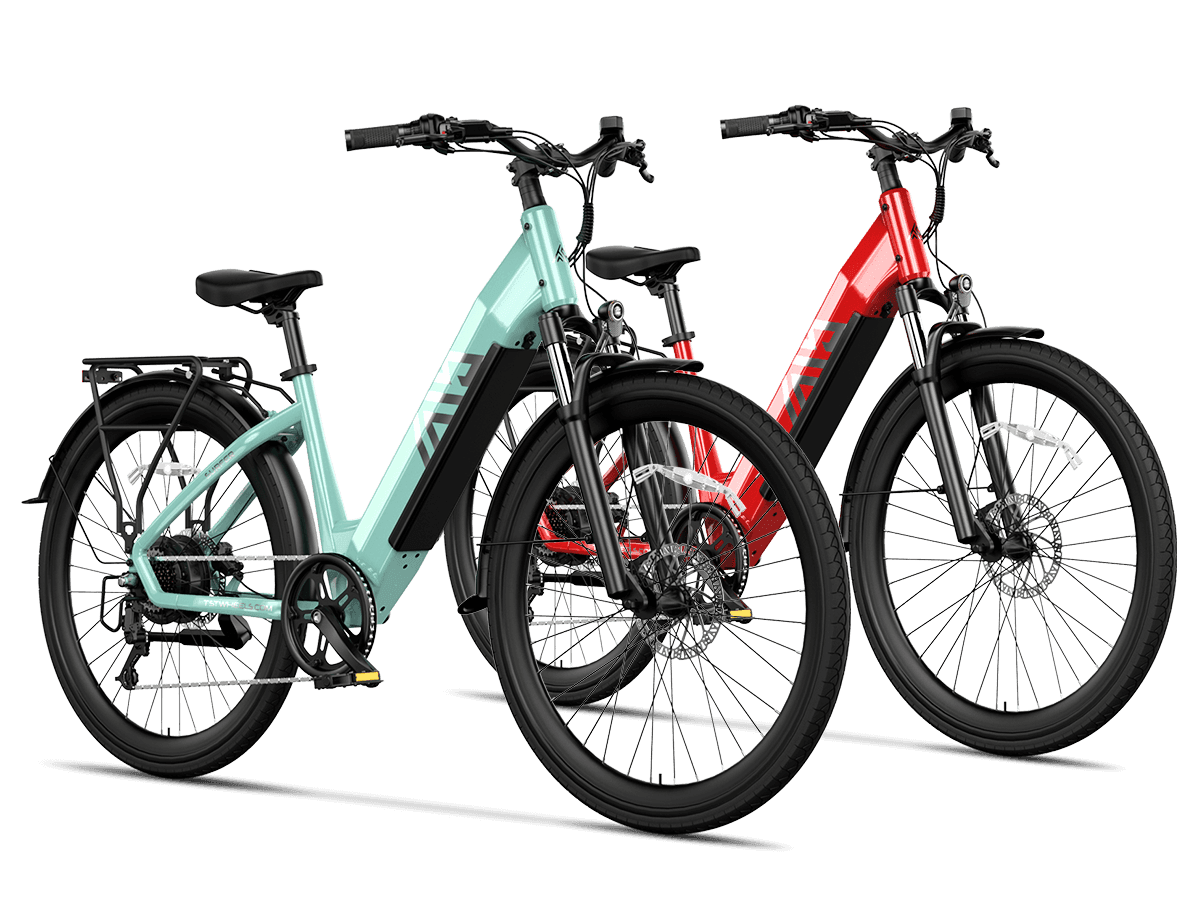
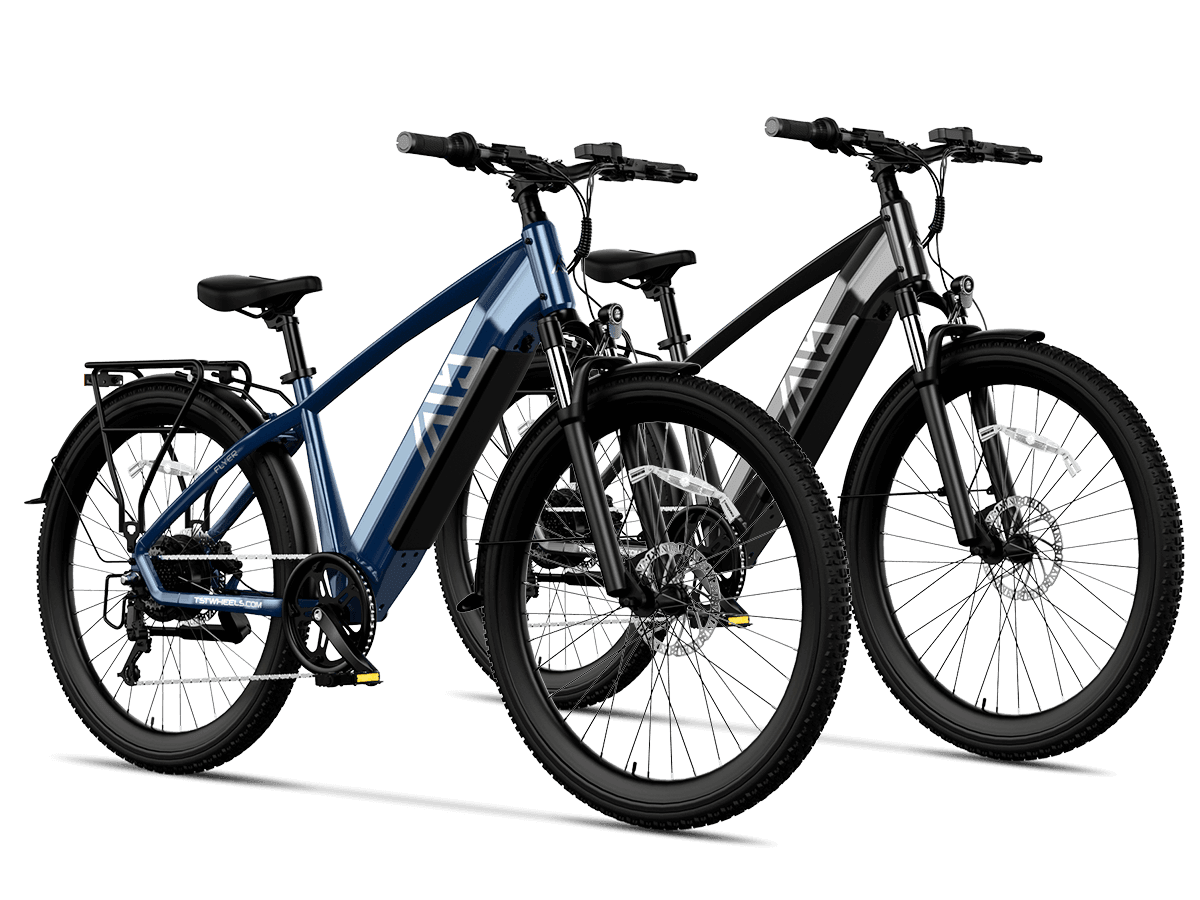
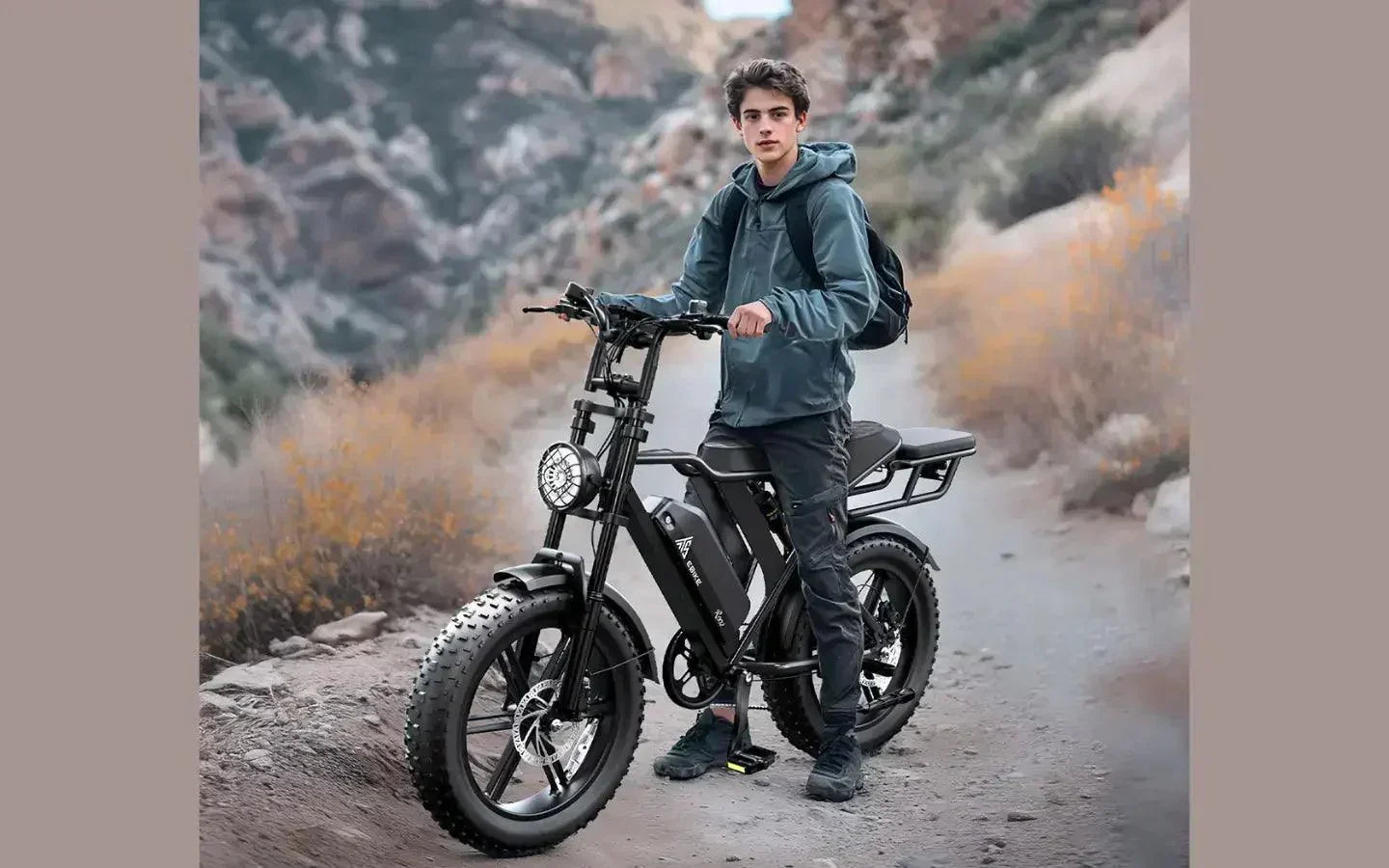
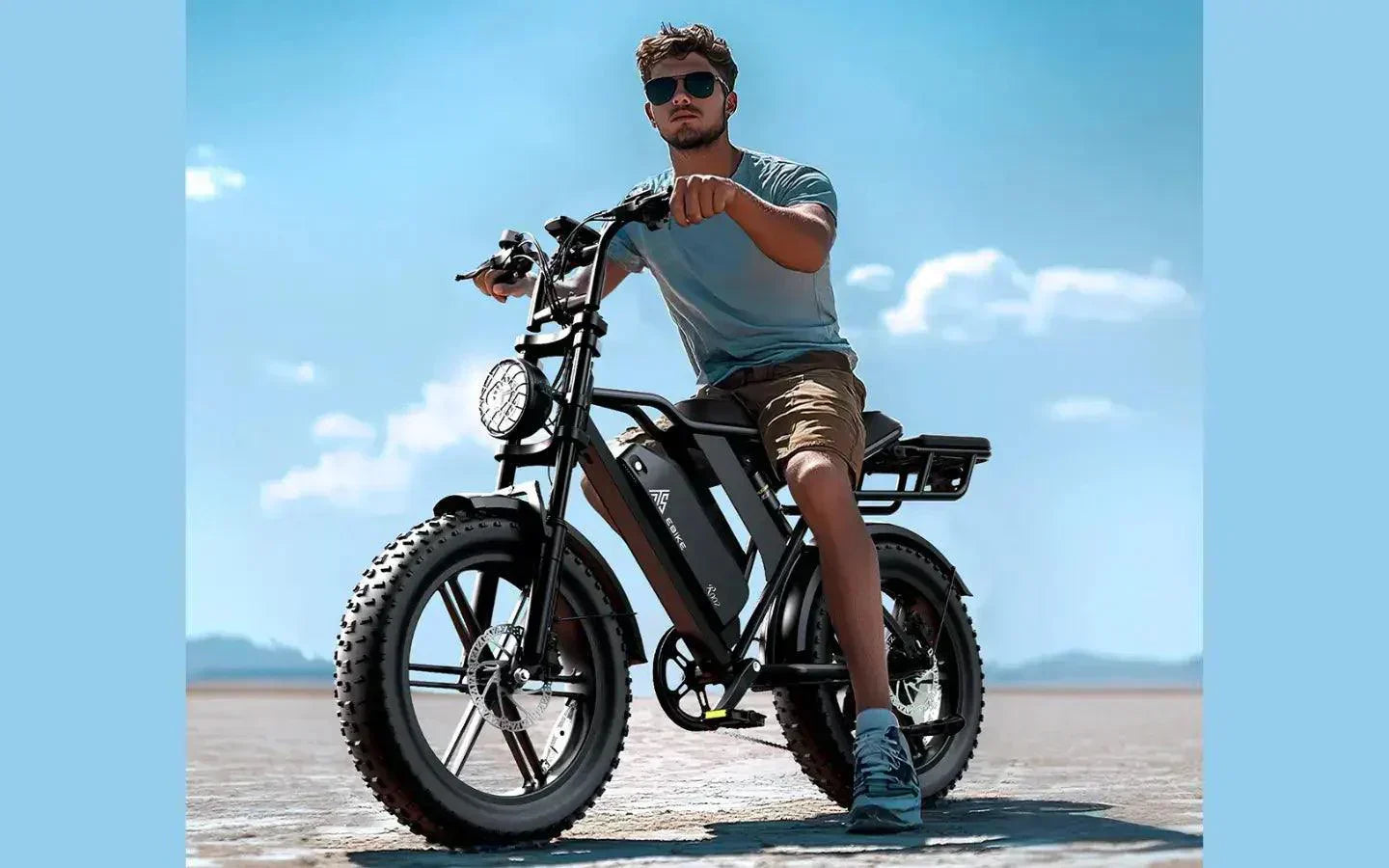
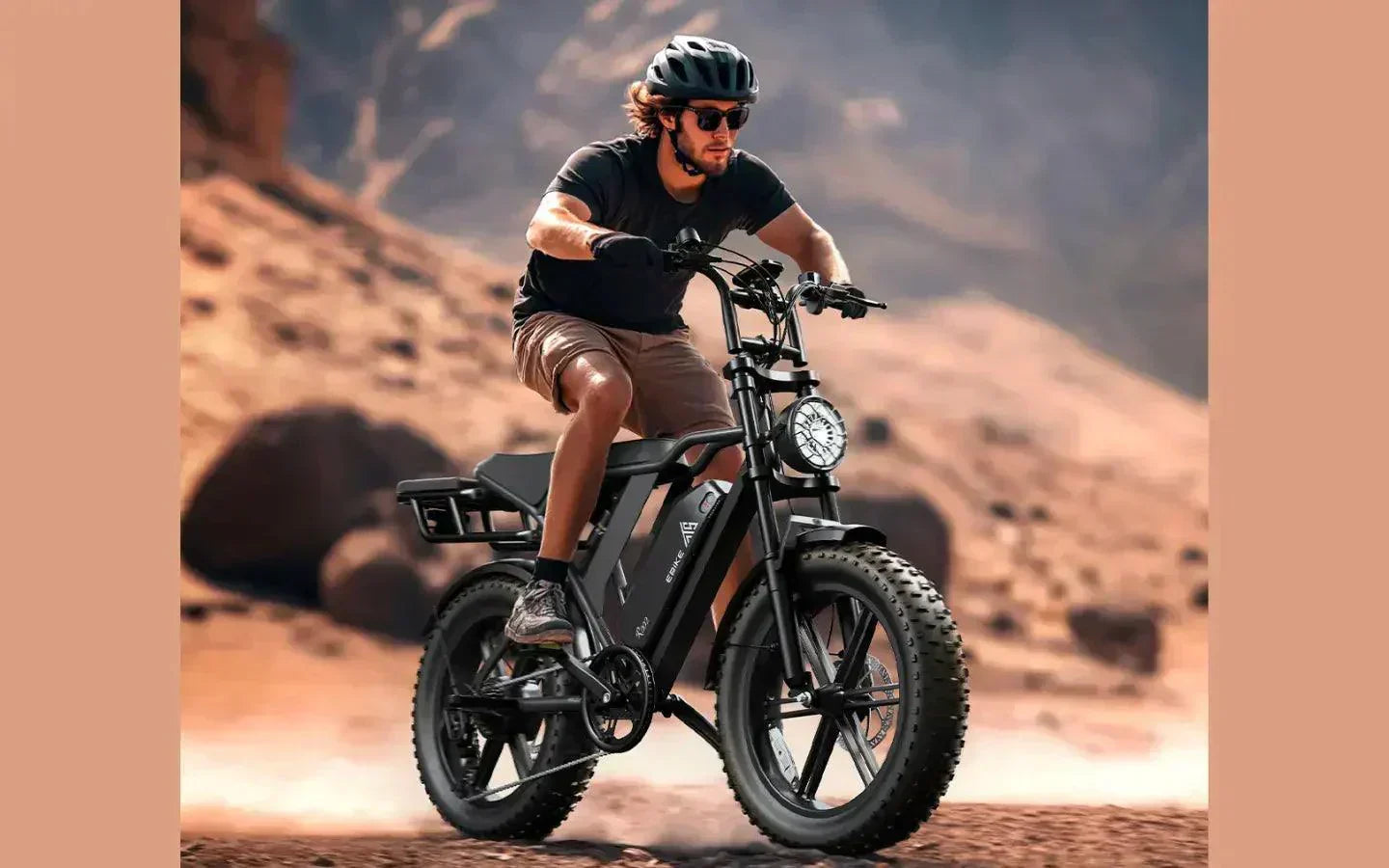
Leave a comment
All comments are moderated before being published.
This site is protected by hCaptcha and the hCaptcha Privacy Policy and Terms of Service apply.